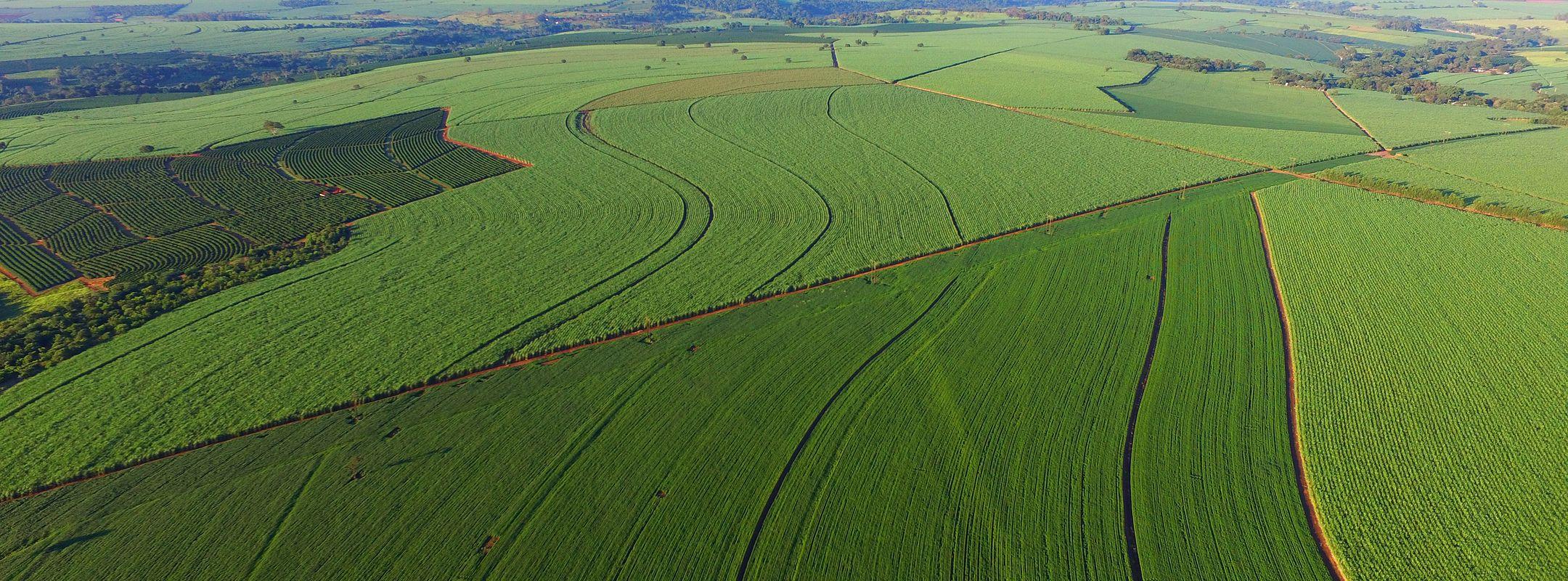Trase enhances life cycle assessment with ‘commodity supply mix’
18 Nov 2021
6 min read
New research by Trase assists LCA practitioners by providing more regionally relevant data on the environmental impacts of agricultural commodities.

Soy farming in Brazil (credit: Paulo Vilela)